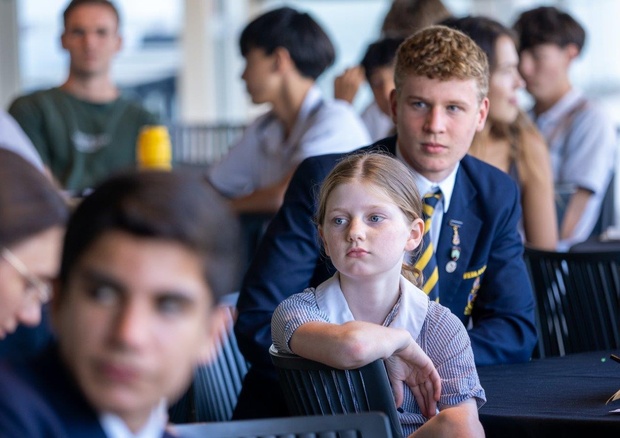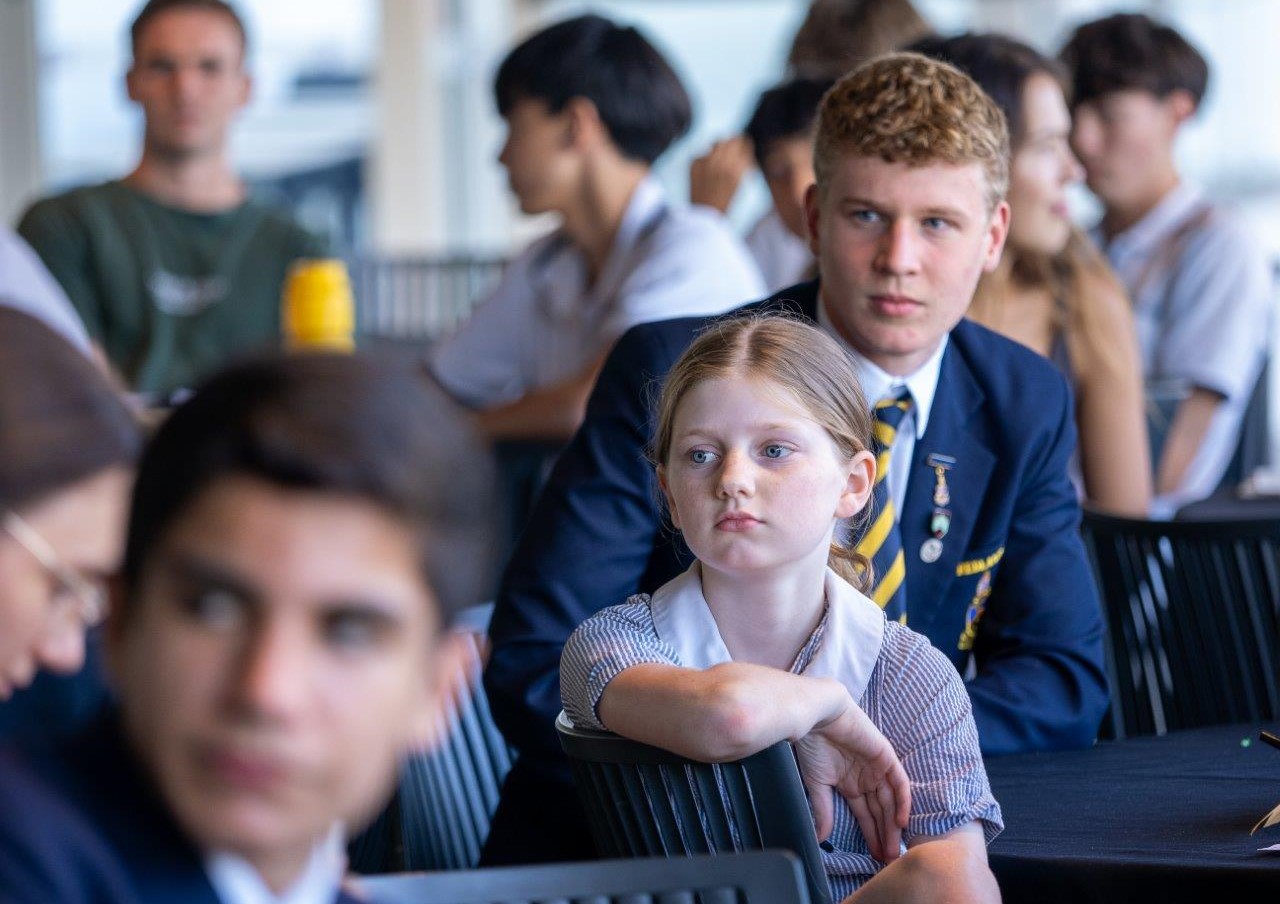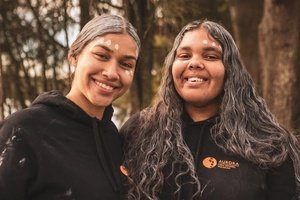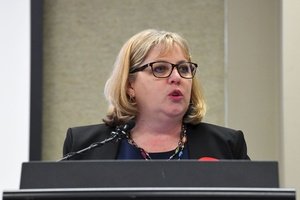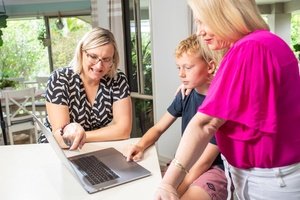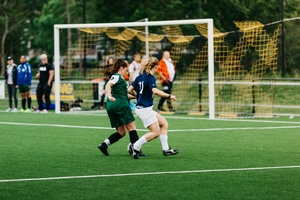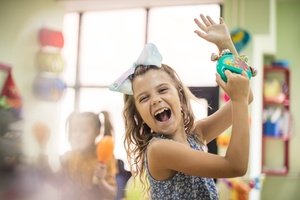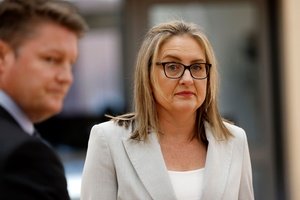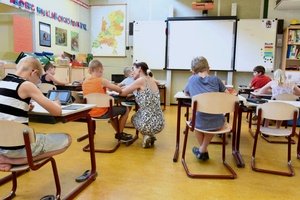Taking place at the Australian National Maritime Museum on Darling Harbour in Sydney, across two jam-packed days (April 11-12), and organised by OceanEarth Foundation, more than 400 young people mostly aged 12-18 engaged in discussions, interactive activities, and networking opportunities focussing on empowering and amplifying the voices of youth advocates.
Day 1 of the event was all about showcasing the many youth-led solutions and action occurring within the participating schools, with two keynote speakers holding court in the morning, panel discussions in the middle of the day and a range of interactive workshops in the afternoon.
Day 2 was about the innovation piece, diving into finding out how youth-led solutions can be jointly created and what that might look like post-Summit.
Organiser Claudette Rechtorik, herself a former high school science teacher, says the Summit was a huge success on a range of fronts.
“So one of the goals that I certainly want to drive is, education is a transformational change,” she says.
“When you look at young people, when they are inspired and motivated, it’s often coming from teachers who are passionate, and bringing relevant education that they understand into the classroom.
“I do it myself, I’ve seen it, and when you talk to young people, it’s undoubtedly a huge inspiration for them.
“So we know that they were inspired from the event from a number of fronts – they saw young people making incredible change, so they could potentially see themselves as part of the solution, they could see themselves making a positive difference."
The other thing she says that the Summit delivered were tangible actions that participants could take back to schools.
“We can’t wait for government to act, we can’t wait for us to know this information – but there are some areas where every single person has agency,” Rechtorik says.
“So we had a food, fashion and finance panel looking into where does your food come from? What are you doing with it once you’re done? And also, where’s your fashion at? How is fashion connected to ocean health?
"It was also what bank accounts are you opening and who are you opening your bank accounts with? You can either be part of the problem or part of the solution, depending on where you put your money.
“So people came away with tangible actions in their changemaker toolkit.”
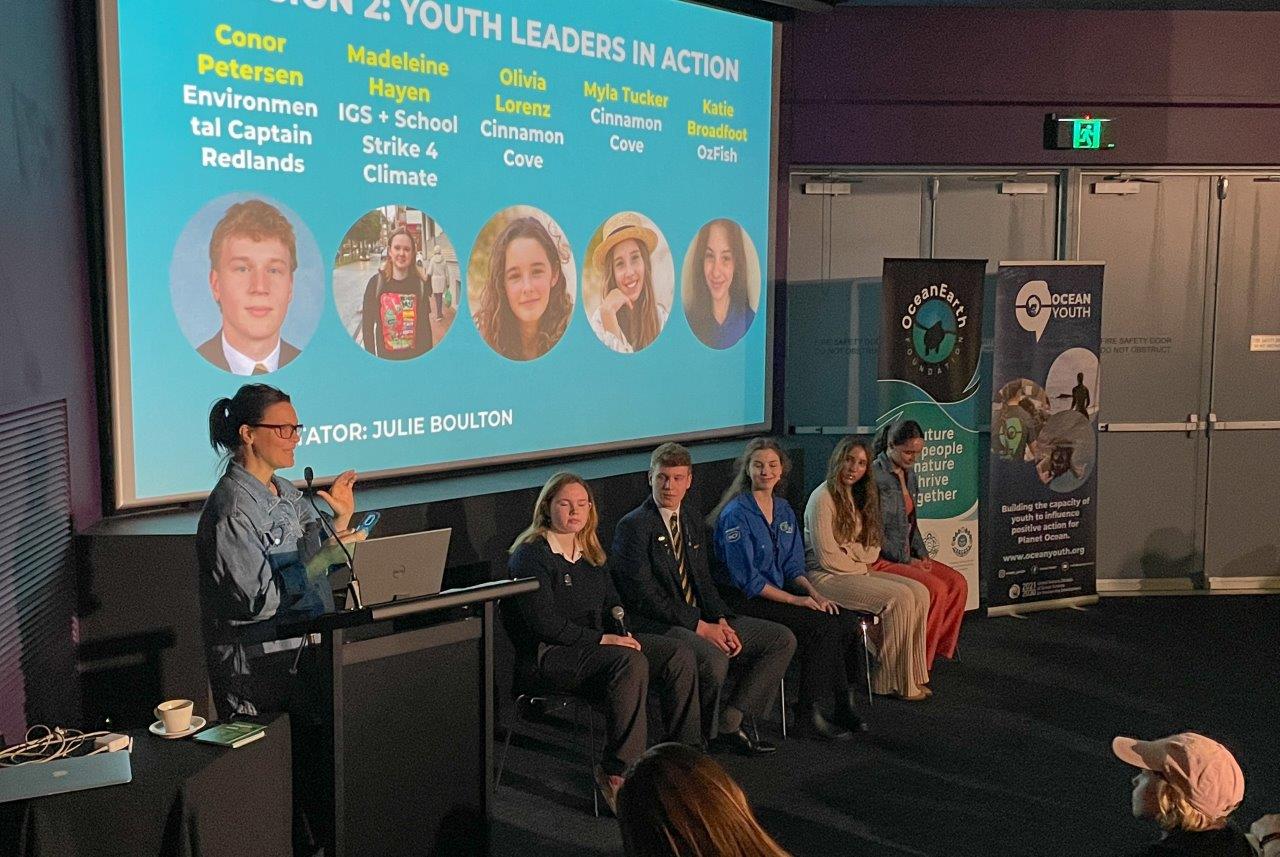
Day 1 of the event was all about showcasing all of the youth-led solutions and youth-led action occurring within the participating schools, with two keynote speakers holding court in the morning and panel discussions in the middle of the day.
Rechtorik founded Ocean Youth in 2015, when she was running the conservation arm of Sea Life Aquarium in Sydney, Melbourne, the Sunshine Coast and Auckland.
That role ended at the beginning of 2020, pre-COVID, and so she moved Ocean Youth independently from the aquarium and recently merged it with OceanEarth Foundation as a new entity.
The Foundation was looking for a way to reimagine the Ocean Youth program at scale, and acknowledging there is ‘a massive gap in ocean literacy in the education space’, looked into accessing more kids in more locations using the Ocean Youth Summit as a model.
Government, Rechtorik says, is often coming up with major policies in the nature space – “at the moment we’ve a biodiversity plan, we’ve got a sustainable ocean plan, we’ve got the nature repair plan”.
“These are all big, big environmental policies that are being developed, yet teachers wouldn’t know about it, and students certainly aren’t learning about it in the classroom,” she explains.
“We wanted to provide a space where young people can engage with policy development, so we had the Department of Climate Change’s sustainable ocean plan taskforce very heavily involved in the summit – so they can engage directly with young people and feed into their plan young people’s voice, input, wishes, desires for our ocean.”
Rechtorik says this is what schools should be doing, and they’re absolutely not.
“So we know that young people actually felt very empowered by that process, being able to liaise with the government department on the development of something like this.
“So the development is one part of it, the implementation is another, and so we hope to continue working with the Department of Climate Change on the implementation phase – how is this going to be translated into educating our young people who are going to be the next leaders, bosses, owners, business owners, employers, employees, in the not too distant future?”
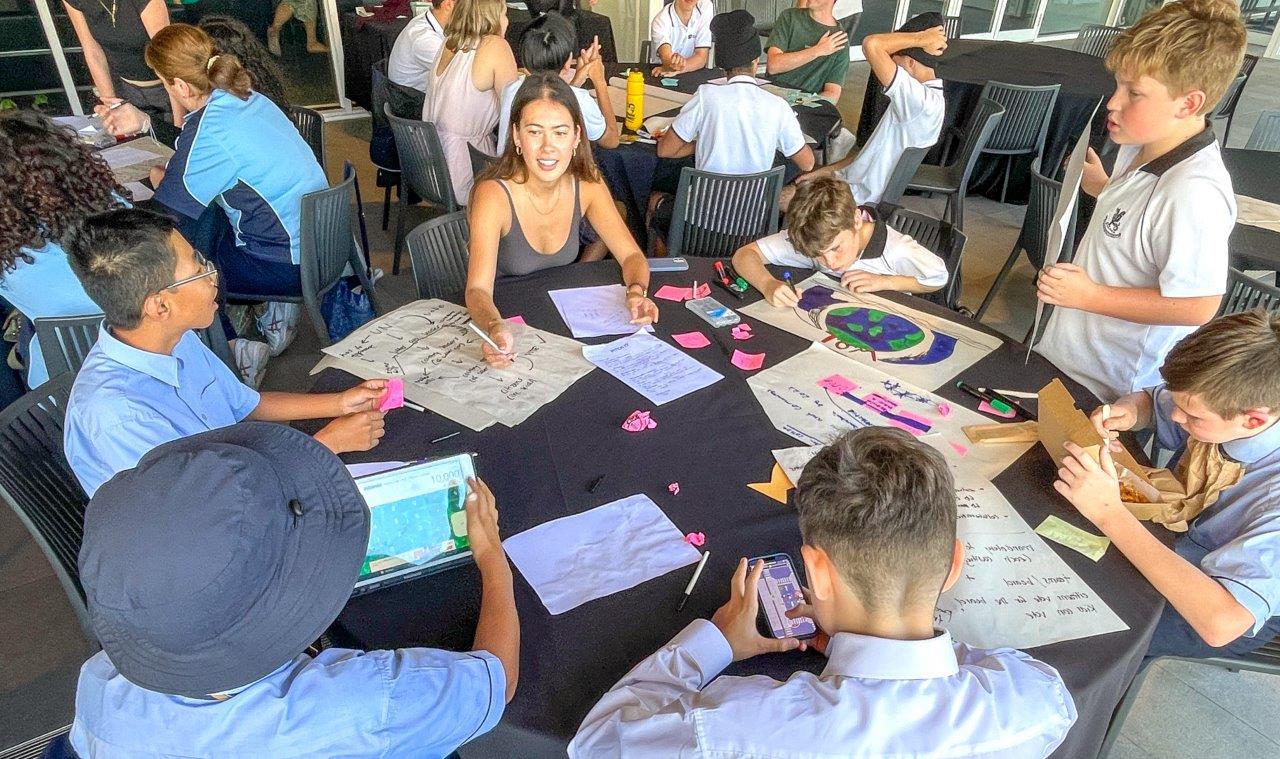
On Day 2 students were challenged to come up with ideas to counter overfishing, climate change, pollution and more, and within two hours, eight groups of young people who had never met each other, came up with eight different ideas of potentially viable solutions.
Organising the Summit was no mean feat, with a great deal of consultation taking place prior with public and independent schools.
“Initially, we were speaking to schools that had a very strong sustainability bent, and so primarily, it turns out, it’s independent schools that are quite progressive in this space, and have very strong environmental clubs or sustainability teams.
“And so by contacting some of these schools to see how they might like to participate in this new model of ocean innovation education, they basically threw up both hands and said, ‘Yes, we’re in’.
“We had six schools involved. And it was through personal contacts with teachers, me reaching out to teachers to get them involved and bring their students along. That’s how it came to be.”
Moving forward, Rechtorik and her team would like to take the Ocean Youth Summit model into regional areas.
“We had quite a few regional schools approach us and say, ‘Look, we would love to come’ and they were madly trying to get, you know, 50 and 60 students to travel four hours to come to our summit from the south coast, from the north coast,” she says.
People underestimate what young people can do, Rechtorik says, and giving them an opportunity to do something like this, to drive their own solutions, is powerful, powerful learning.
“As an example, on the second day of the Summit, when we were doing our innovation piece led by Ocean Impact Organisation and Greenhouse Tech Hub, the facilitators gave the students a challenge – overfishing, climate change, pollution or extra protection oceans’ coastal zone – and within two hours, eight groups of young people who had never met each other, came up with eight different ideas of solutions that each and every one can be made viable with just a little bit more tweaking and a bit more time.”
Rechtorik would love to see more of that in schools – “less tick-a-box curriculum outcomes” and more time and space for critical thinking around some of these big problems through innovation education.
“And that’s what this summit does, you know, one day of showcasing what young people can do, the next day creating and collaborating with each other to come up with some of these amazing solutions that they did on Friday.”

